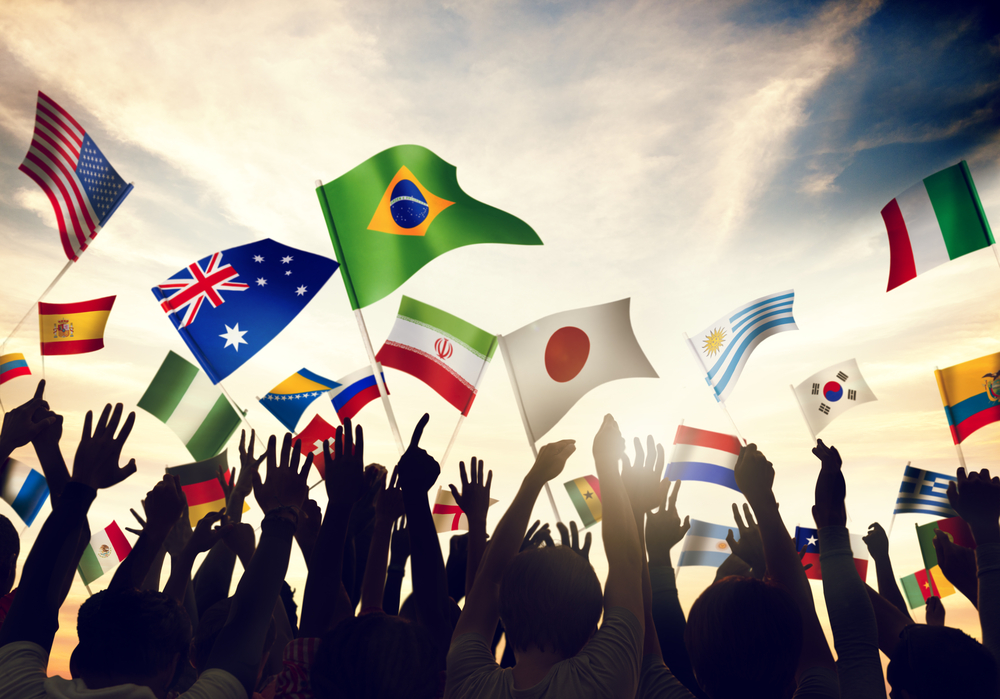In the next three years, there will be about one and a half million immigrants coming into Canada from various sources. The country will have to assimilate and settle these immigrants into Canada’s economy, demography, and national culture. Therefore, the question is ‘where are all these new Canadian citizens coming from?”
Immigrants are necessary for Canada to remain a healthy and successful country. The country wants to adopt immigrants as Canada’s permanent residents. Eventually, Canada wants them to become citizens who are completely invested in the country’s growth and development.
Canada is a country where many of the citizens are immigrants, so it is pertinent to learn where the Canadians of tomorrow will hail from, especially considering the immigration targets stated by the IRCC. Their data offers very interesting insights about the sources of the new Canadians.

Top Canadian Immigrant Sources of 2022
In 2022, 374,554 permanent residents became Canadian citizens. Compared to 2021, when only 137,079 permanent residents become citizens, it represents over a three times increase.
In 2019, only a quarter of a million permanent residents in Canada became citizens. The rise in the number of immigrants is a sign that the Canadian immigration process may be returning to normalcy and meeting the country’s needs appropriately.
The most prevalent country of birth among new Canadian citizens in 2022 was India, followed by the Philippines and Syria, respectively.
Pakistan, Iran, Nigeria, the People’s Republic of China, the United States of America, France, and Iraq complete the top ten in that order.
Therefore, India is the primary source of immigrants into Canada and has been the number one country for two years in a row. However, of the countries in the top ten, Syria has been a recent and surprising addition, with the others changing positions.
The reordering of the countries on the top ten list of immigrant sources has also affected China and Pakistan. China has fallen from fourth in 2019 to seventh in 2022, while Pakistan has risen to third from not being on the list in 2019.






